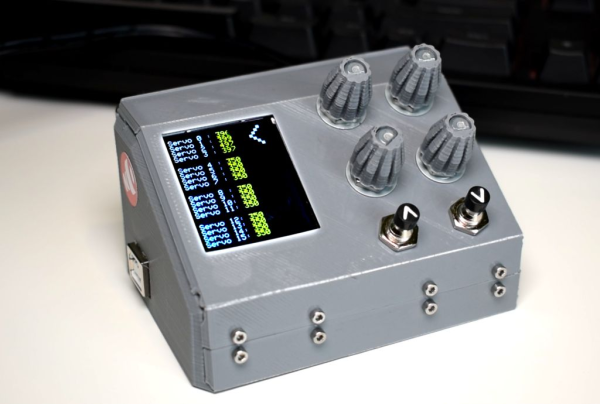Servo testers are useful devices to have on hand, allowing one to quickly check a given part for proper operation. However, cheaper models can be quite limited, and may not output signals suitable for testing the full range of servos out there. [Buttim] had a few testers laying around, and wanted to see if they could be modified to do more.
Initial experiments with the cheapest model on hand came to naught, revealing nothing but a small IC with its markings scrubbed off. However, going a few more dollars upmarket, [buttim] found a servo tester packing a Nuvoton N75E003. An unfamiliar name to the hobbyist, Nuvoton microcontrollers are often found in mass-production designs due to their low cost.
The N75E003 is a 8051-based device, and [buttim] was able to source a programmer and tutorial resources on how to work with the chip. Armed with the right hardware and knowledge, the servo tester was first programmed with a basic blink sketch. With everything confirmed to be working as expected, [buttim] set about programming a custom firmware for the servo tester that would output a broader range of PWM signals to suit their needs.
It’s a great example of the learning possibilities available by simply cracking open the case of commodity hardware and diving in. Of course, if you need something even more capable, you can always build your own from scratch!



 They say necessity is the mother of invention. Sometimes the necessity is simply avoidance of unpleasant tasks such as cutting down 3500 header pins by hand. [Nixieguy] and his coworkers were faced with 50 prototype boards bearing 70 overly long pins apiece. He saved them from cutting them all down by hand by making
They say necessity is the mother of invention. Sometimes the necessity is simply avoidance of unpleasant tasks such as cutting down 3500 header pins by hand. [Nixieguy] and his coworkers were faced with 50 prototype boards bearing 70 overly long pins apiece. He saved them from cutting them all down by hand by making 









